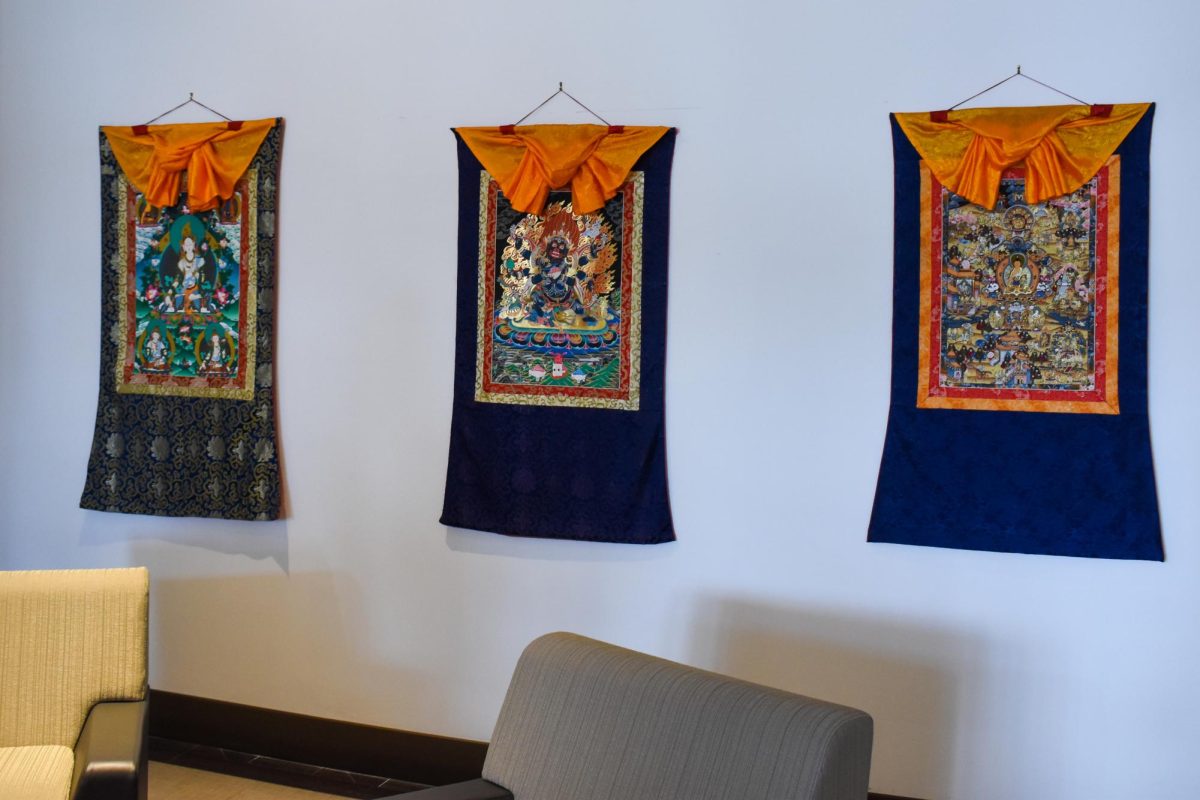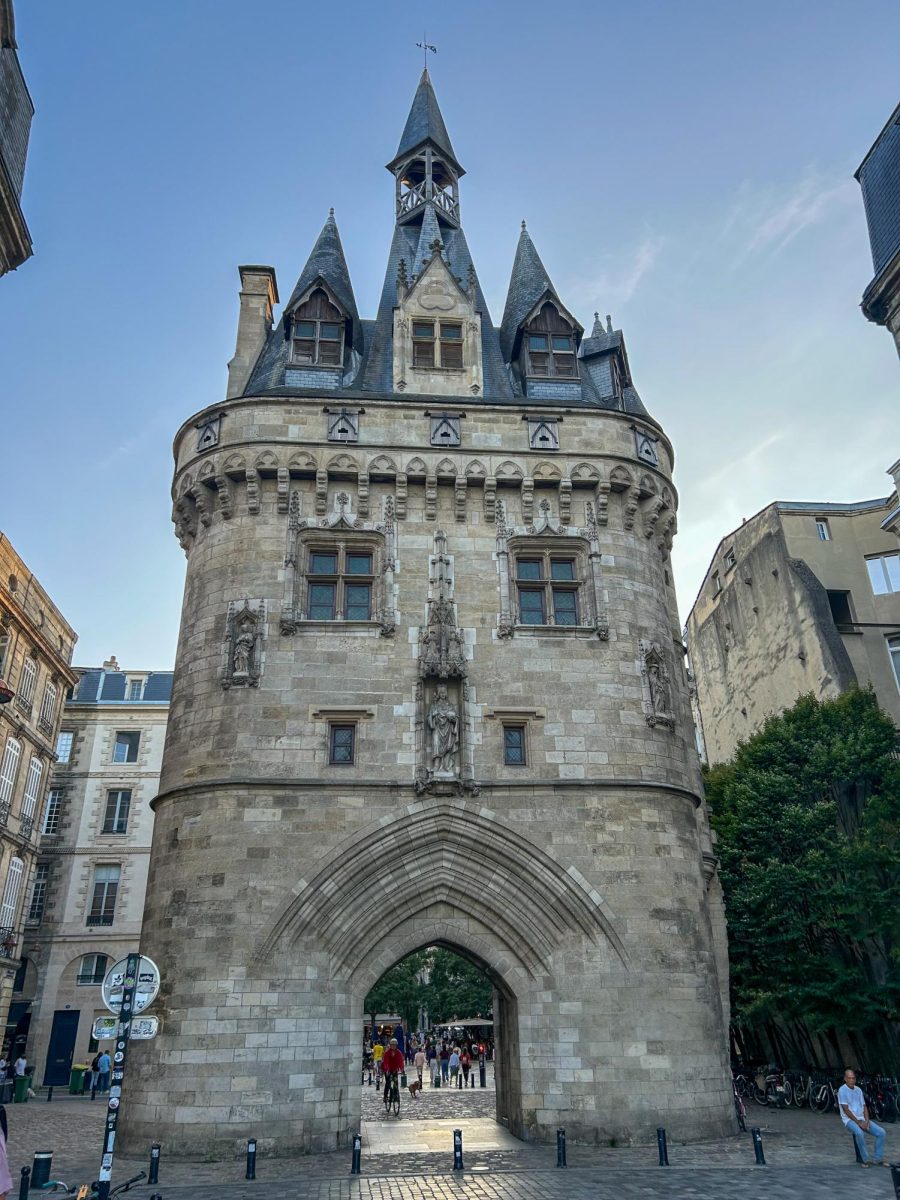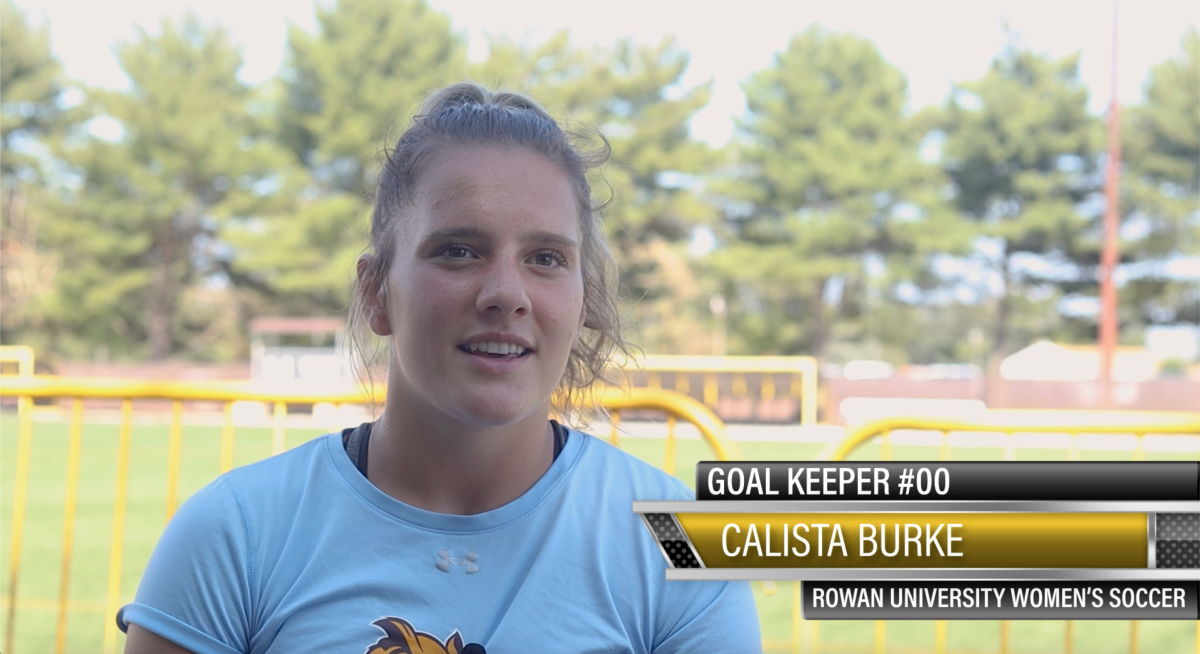As beach erosion and rising sea levels continue to be a problem for the shoreline, there is a need for more innovative solutions to this problem, and that is exactly what is taking place in a collaborative effort led by multiple departments here at Rowan. Doctors Lily Pfeifer-Johnson and Charles Schutte are spearheading an experimental project that uses recycled glass as a key piece in dune restoration and replenishment, which provides a possible alternative to the traditional sand that is found at beaches along the coastline.
“What we are trying to do is see if we can use this specific material in environmental applications,” Pfeifer-Johnson said.
“One of the things we did this summer with several undergrad students was use this in beach nourishment projects. We planted dune grass in an actual dune down by the shore to see if plants would grow in this material better or worse than your typical dune grass,” Pfeifer-Johnson said.
This particular research took place at the Rutgers Marine Field Station.
“This is the first experiment using this material that’s been done anywhere. We put boots on the ground, planted grass in bags with the material, and put it outside. It’s being talked about and considered in a lot of different places, but we’re the first to actually do it,” Pfeifer-Johnson said.
As stated before, this is a collaborative effort between multiple departments here at Rowan. Dr. Joe Stanzione, the director of the Advanced Materials Manufacturing Institute (AMMI) was an integral part of this initiative, becoming one of the leaders in the initiative to recycle glass locally.
“The key part of this effort is establishing a recycling loop here in Glassboro, the tagline is putting the back glass back into Glassboro,” Pfeifer-Johnson said.
Other departments have also contributed to this effort.
“Jordan Howell from the business school is focusing on circular economies and sustainable applications. The art department, led by Jen Kitson and Donna Swigart, is melting and blowing glass to create innovative displays. It’s a cross-campus collaborative effort showcasing South Jersey’s glass economy,” Pfeifer-Johnson said.
Although coastal erosion up and down the East Coast, as well as the Gulf Coast, has been a topic that has been continuously preached, the seriousness of the matter can’t be overstated.
“With climate change and sea level rise, we’re losing shoreline. During big storm events, we lose a lot more sand. Shoretown communities spend tons of money bringing in sand from offshore dredged material or mined sand,” Pfeifer-Johnson said.
Dr. Charles Schutte, another integral piece in this project explained some of the challenges faced specifically in the event of coastal storms and hurricanes.
“A week before we set up the experiment last summer, we decided to double its size so that if a hurricane came, we could quickly sample half the experiment and still have data if the rest washed away. Every foot of New Jersey’s coastline has had, on average, 10 cubic yards of sand added annually for over 20 years,” Schutte said.
“That’s a massive demand, and it’s destructive to dredge or mine for sand. We’d like to see if this recycled glass material can offer a viable alternative,” Schutte said.
If this experimental project turns out to be a success, there is a possibility that we can see initiatives like these springing up throughout the entirety of the East and Gulf coasts, not just being limited to the Jersey shore.
“Delaware is considering using this approach,” Pfeifer-Johnson said. “Federal and state organizations there are looking into it, and people in Louisiana and other Gulf Coast areas are also interested. Communities experiencing shoreline loss are eager to see the results of experiments like this.”
If any environmental science or geology students are interested in this initiative, your participation is greatly encouraged.
“Geology and environmental undergrad students and really one of the things that we’re looking for and continuing this project is if there’s any interest going forward from either side, environmental geology students. But because we’re professors in those. We’re going to want to supervise students who are in our departments, in our classes,” said Pfeifer-Johnson.
“Then it’s giving them an outside, undergrad research, real-world research experience, and it’s a cool project because it has both a field and a lab component…We are trying to test chemically how this stuff is compatible in different solutions like in pure water or salt water. And those are kind of analogs for the types of environments that they can; the sediments can be used in…we did the field-based experiment as well, which was a lot of hauling and planting things and all that,” Pfeifer-Johnson said.
In looking towards the future, there are hopes to broaden the reach of this project.
“Right now, it’s a seed project, and the future depends on continued support. But the hope is to refine and expand this work,” Pfeifer-Johnson said.
This project exemplifies the dire circumstances that are affecting millions of people up and down the coast. As beach communities battle with erosion, initiatives like this provide possible solutions, in the hope for beach and dune replenishment.
For comments/questions about this story DM us on Instagram @thewhitatrowan or email [email protected]




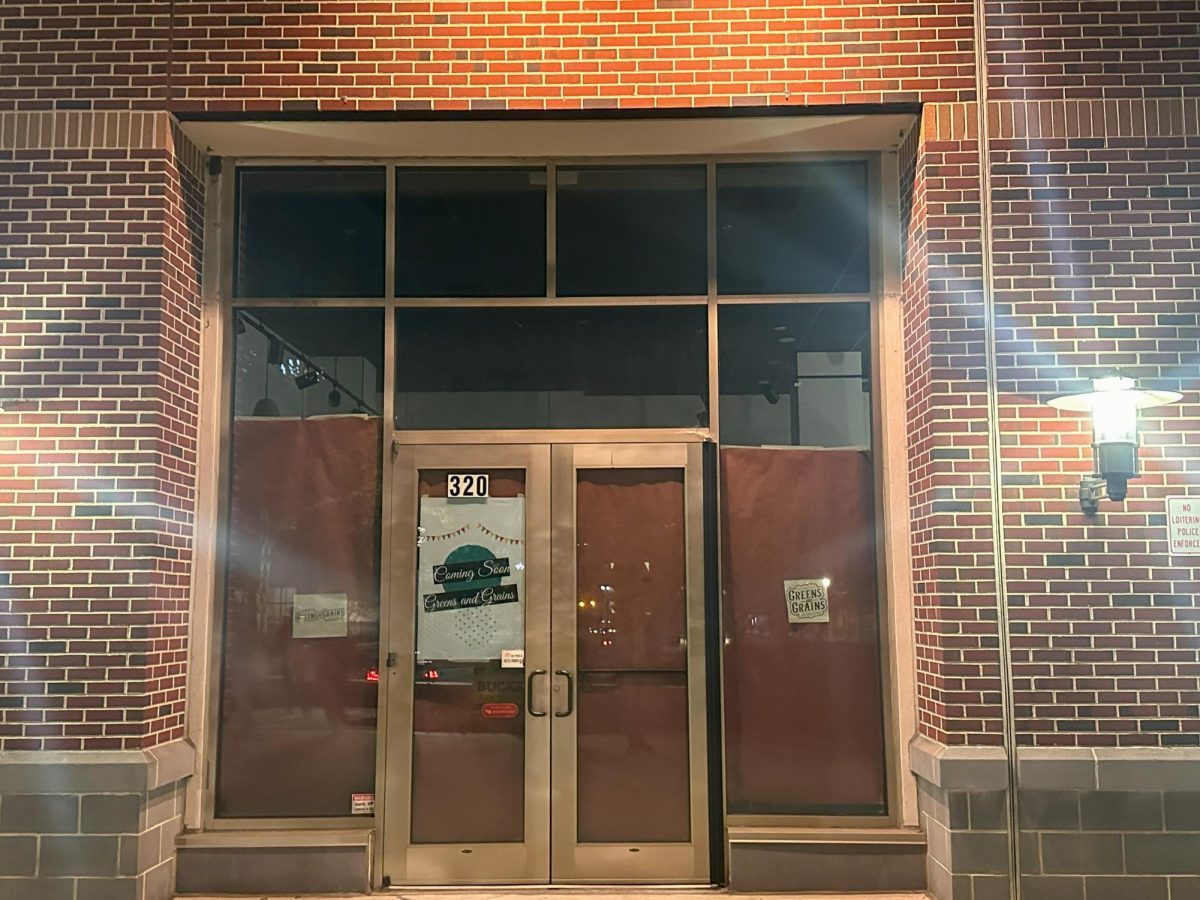































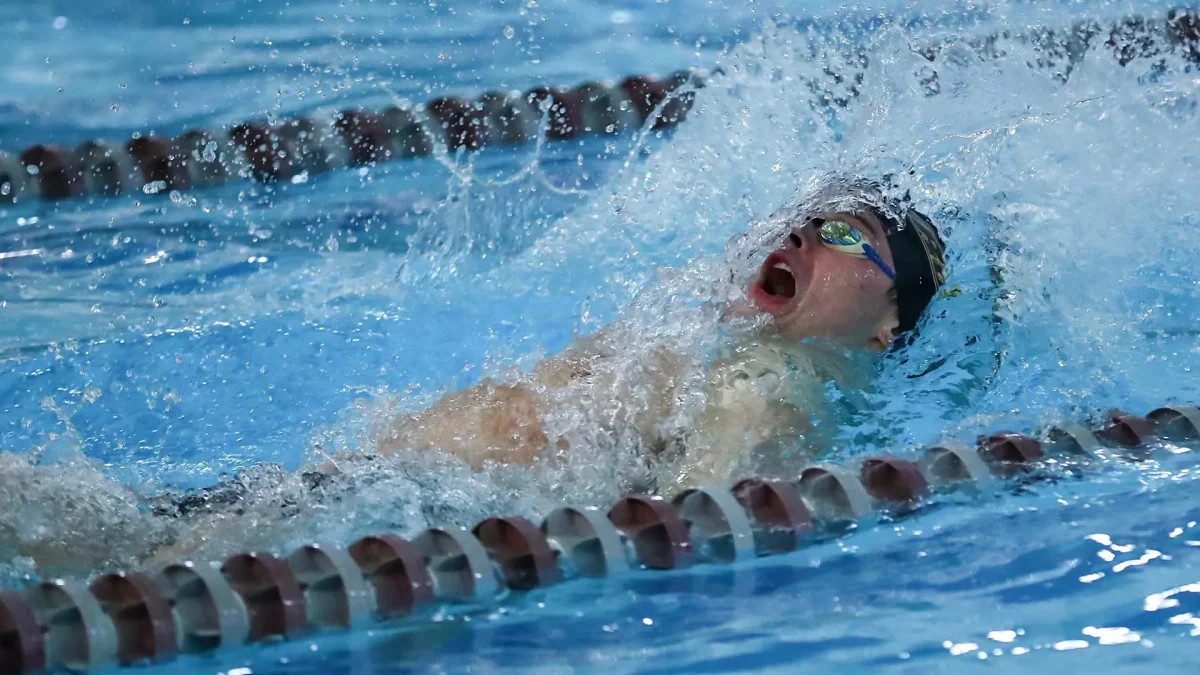





















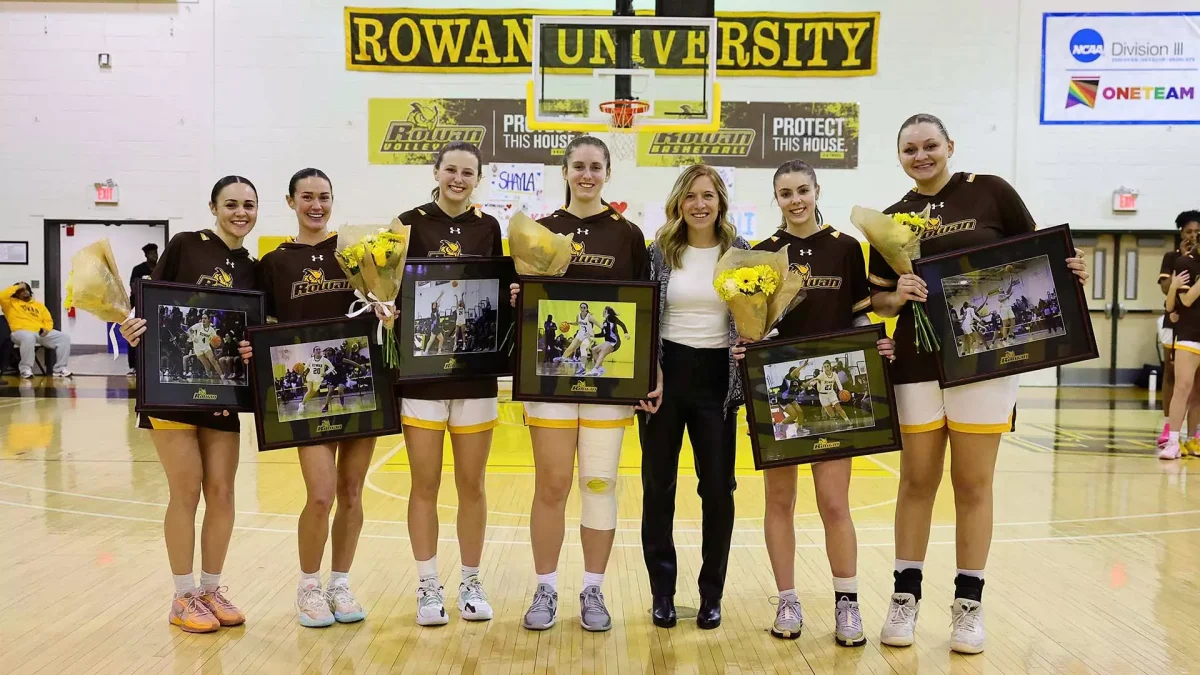





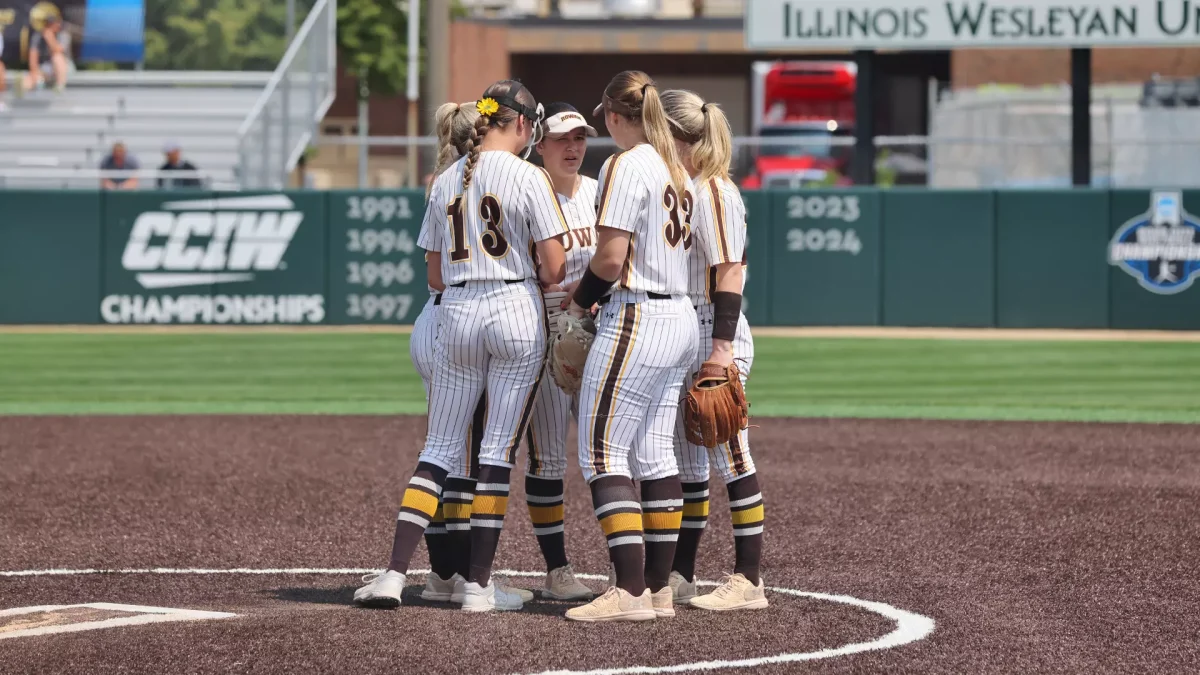




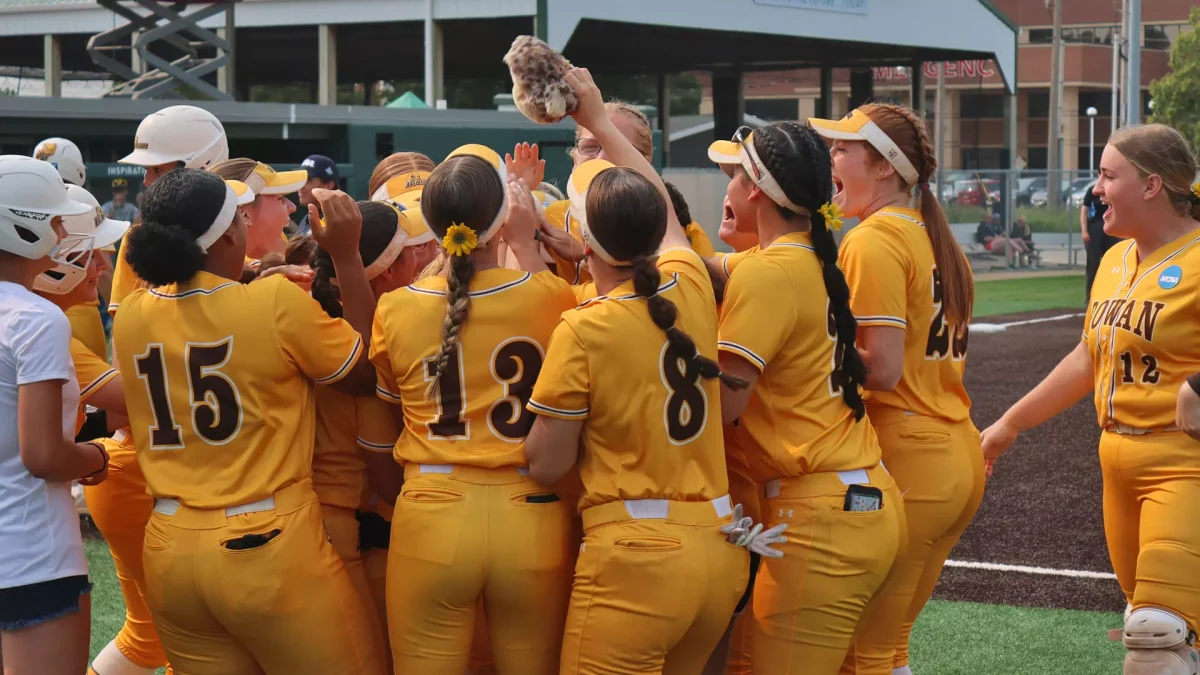































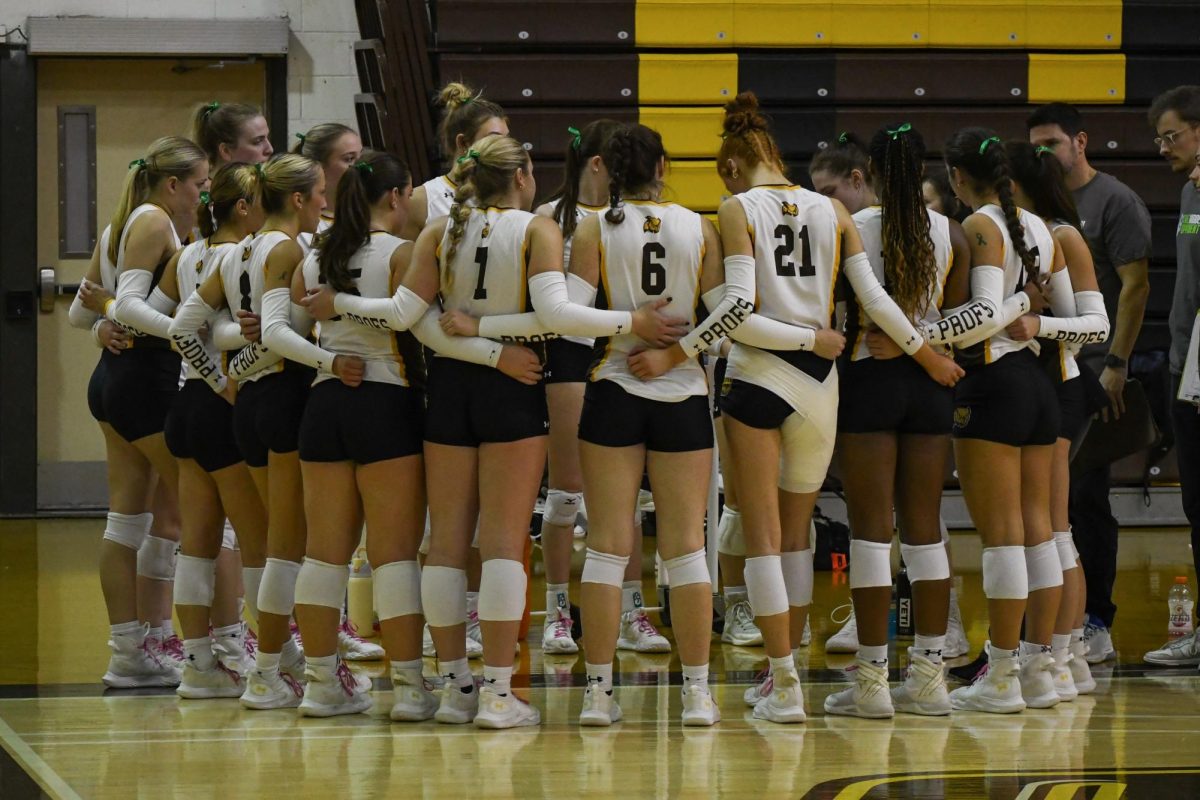































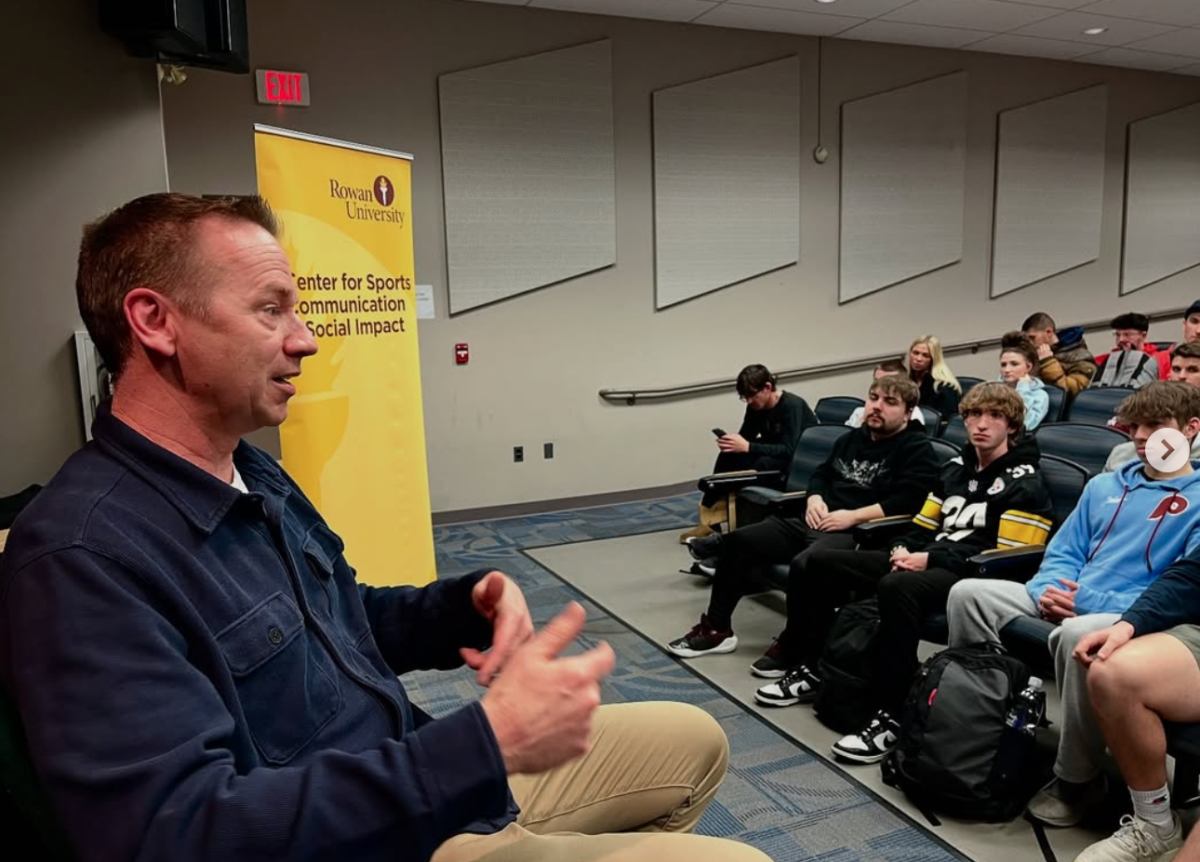




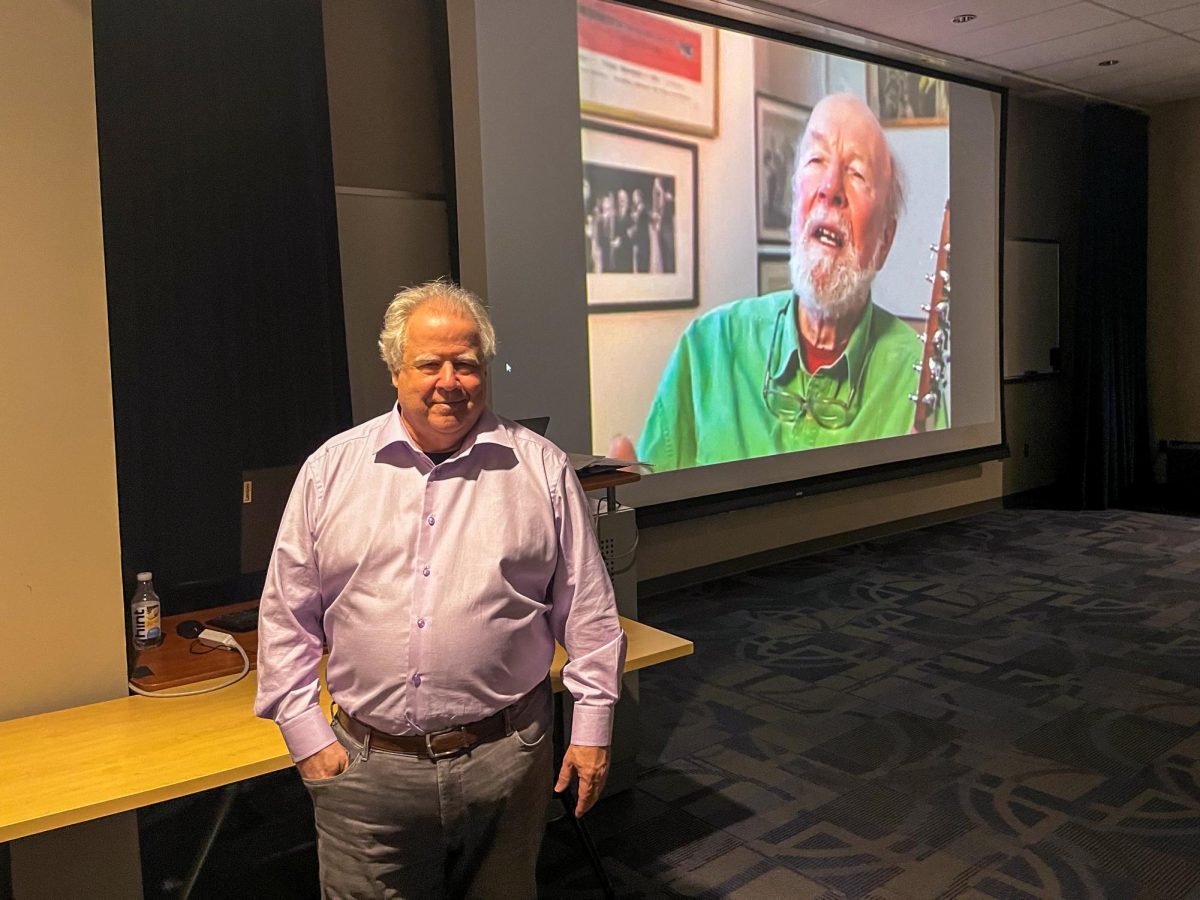












!["Working with [Dr. Lynch] is always a learning experience for me. She is a treasure,” said Thomas. - Staff Writer / Kacie Scibilia](https://thewhitonline.com/wp-content/uploads/2025/04/choir-1-1200x694.jpg)



